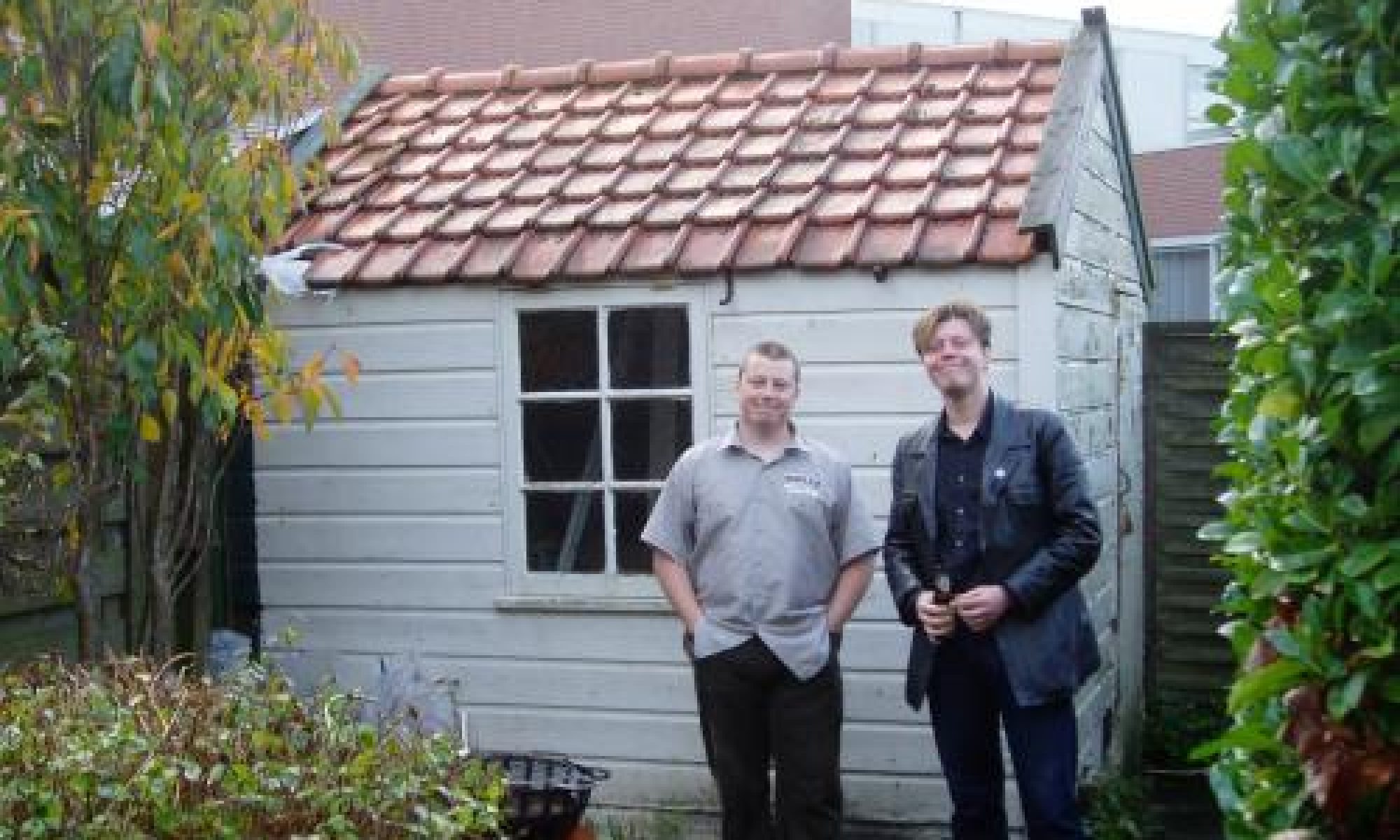The album didn’t sell well and I can’t imagine that the ridiculous title helped any.
The album didn’t sell well and I can’t imagine that the ridiculous title helped any.

Lalo Schifrin – The Dissection and reconstruction of music from the past as performed by the inmates of Lalo Schifrin’s demented ensemble as a tribute to the memory of the Marquis de Sade (Verve)
First up, one should say that the title is actually a spoof of a successful play that was going around when this album was made (1966). As marketing gimmicks go, it was a failure. The album didn’t sell well and I can’t imagine that the ridiculous title helped any. Why was the album a dud? Well, as the title does suggest, the idea behind it was totranslate music from the past into the world of modern jazz. What sort of music might that be? Well, pre-classical European music if you must know. Exactly. Ouch indeed. And yet the resultant album is utterly wonderful – fun, breezy and utterly uplifting, it is music guaranteed to raise the spirits.
You may know Lalo Schifrin from such soundtracks as Bullitt, Mission Impossible and Enter the Dragon. A lot of his stuff was, I think it fair to say, rubbish, although I would have loved to watch The Exorcist with his original music. (It wasn’t to be – when William ‘Billy the Kid’ Friedkin heard his score it annoyed him so much that he threw it out of a very high window. The Exorcist with a cocktail jazz soundtrack anyone?) On this album though (referred to hereon as Sade, for reasons of brevity and sanity) Schifrin appears to be at the top of his game. I say appears because I should also point out that I have no great love of jazz at all. I’ve dipped my toe in, of course, but I’m putting off making any great immersion until some unspecified point in the (far distant) future. Therefore my appreciation of this album comes despite, or more likely because of, my near total ignorance of the jazz world.
On with the show.The album kicks off with Old Laces, a track based on an eighteenth century song by a chap called Telemann. Flute, bass, electric guitar and harpsichord all pitch in and manage to conjure up a great tune that does actually sound like a mixture between the baroque and the kind of laid back jazz that Schifrin specialises in. I know it sounds awful but you’ll just have to trust me that it works. The Wig is one of Sade‘s highlights – it is ridiculously upbeat and sounds not dissimilar to the Casino Royale soundtrack. In amongst the drums and flute there are some blaring horns and thumping piano; it is the result, apparently, of trying to write a classical sonatine whilst listening to The Rolling Stones.
Another highlight is Renaissance, a song which is, according to Schifrin, based on music from the period. I can only assume that it is very loosely based, despite the appearance of a lute. This track completely kicks Florentine ass with guitars, pianos and flutes all going berserker. Beneath A Weeping Willow Shade has vocals but these are soon dispensed with as a flute seems to manage to get feedback, a harpsichord goes nuts and an electric guitar gets a very welcome solo.
Other tracks include Troubadour, which goes back to the twelfth century for inspiration, and Bossa Antique, which is basically Bach in Brazil. The ten tracks on Sade fly by in thirty three minutes and all of them manage to display the ingredients that Schifrin felt were at the heart of the album: ‘…fun, sense of humour, and a harmless secret perversion…’ Given what he was trying to do this album could, and probably should, have been a complete stinker. But it somehow manages to be truly sublime – an album of such joy that it is impossible to listen to it without smiling. Never mind the cumbersome title and the frankly frightening premise: you need this album.
